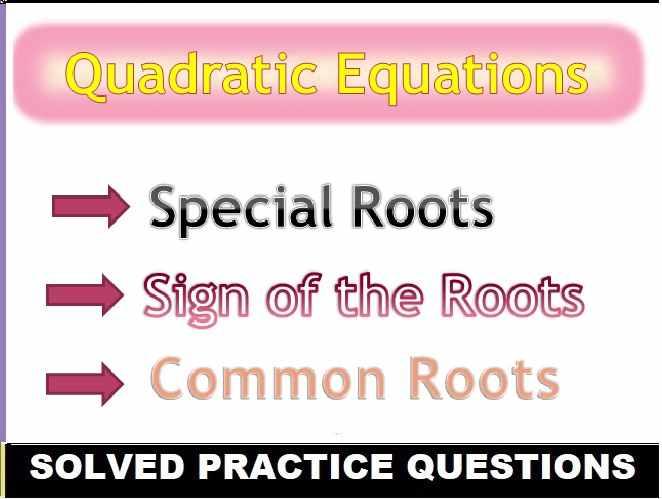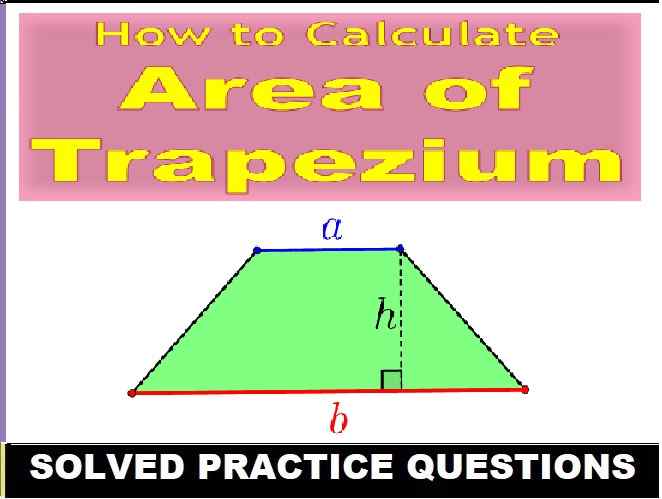Mathematical Induction OP Malhotra S.Chand ISC Class-11 Maths Solutions Chapter-8. Step by step Solutions of OP Malhotra S.Chand ISC Class-11 Mathematics with Exe-8 (a), 8 (b). Visit official Website CISCE for detail information about ISC Board Class-12 Mathematics.
Mathematical Induction OP Malhotra S.Chand ISC Class-11 Maths Solutions
| Class: | 11th |
| Subject: | Mathematics |
| Chapter : | Ch-8 Mathematical Induction of Section -A |
| Board | ISC |
| Writer | OP Malhotra |
| Publications | S.Chand Publications 2020-21 |
-: Select Topics :-
Mathematical Induction OP Malhotra S.Chand ISC Class-11 Maths Solutions
Properties of Mathematical Induction
Mathematical induction has to follow statements with respect to the properties they obey:
- When for the value of n is true for statements such as n ≥ 5, we should initiate with satisfying the value n=5 i.e. P(5)
- If the statement provided is true for n=k, and if it satisfies the value n=k then it will also satisfy n=k+1. In order to prove the trueness of the statement, we have to prove n=k+1.
Inductive Hypothesis
The step mentioned above is the assumption of the trueness of the statement n=k and is referred to as the inductive step or inductive hypothesis.
Let us take an example of the following pattern:
1=1²=1
4=2²=1+3
9=3²=1+3+5
16=4²=1+3+5+7
Here we can witness the sum of the first two odd natural numbers is square of the second number which is a natural number and the pattern continues.
P(n)=1+3+5+7+11..+(2n−1)=n²
And P(1) is satisfied, then, it is the first step and the value will satisfy for all natural numbers.
Principle of Mathematical Induction
Consider a statement P(n), where n is a natural number. Then to determine the validity of P(n) for every n, use the following principle:
Step 1: Check whether the given statement is true for n = 1.
Step 2: Assume that given statement P(n) is also true for n = k, where k is any positive integer.
Step 3: Prove that the result is true for P(k+1) for any positive integer k.
If the above-mentioned conditions are satisfied, then it can be concluded that P(n) is true for all n natural numbers.
Exe-8 (a)
Mathematical Induction OP Malhotra S.Chand ISC Class-11 Maths Solutions
Question 1 :
1 + 2 + 3 +…. + n = 1/2 n (n+ 1)
Question 2 :
2 + 4 ………………………. (n +1).
Question 3 :
1² + ………………. (2n +1).
Question 4 :
1² + …………………… (2n +1).
Question 5 :
…………………………
………………………….
………………………….
Question 11 :
5 + 15 + 45 ……………………….. (3n-1 ).
Question 12 :
…………………….
………………………
…………………….
Question 17 :
Let S (k)= 1 + 3 + 5 + ………………… + (2k – 1 ) = 3 + k² , then which of the following is true?
Page 8-7 to 8-8Exe-8 (b)
Mathematical Induction OP Malhotra S.Chand ISC Class-11 Maths Solutions
Page 8-13 to 8-14
Question 1 :
n(n+ 1) (n + 5) is a multiple of 6.
Question 2 :
n³ (n+1)³ ………………….. of 9
Question 3 :
……………………….
…………………….
……………………….
Question 9 :
Prove by the method of ……………………………. for all n ∈ N.
Question 11 :
(2n+7)……………….. natural numbers.
Question 12 :
1² + 2² + 3² +…………. + n² > ……………. n ∈ N.
-: End of Mathematical Induction Solution :-
Return to :- OP Malhotra S. Chand ISC Class-11 Maths Solutions
Thanks
Please share with your friends



Unable to see any chspter
All chapter PDF solutions showing / working completely
please visit again for analysis
It isnt loading and is showing Content is protected
re visible again in april